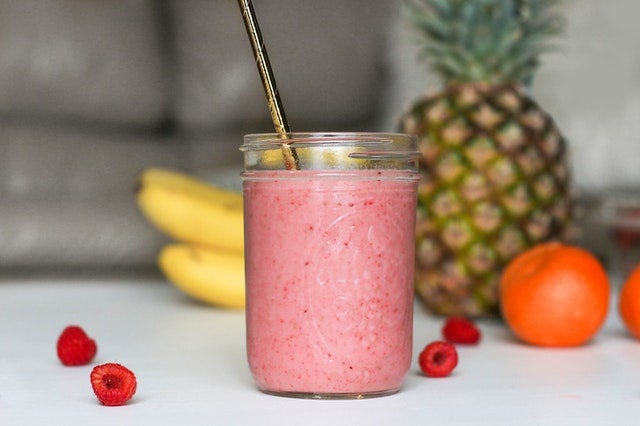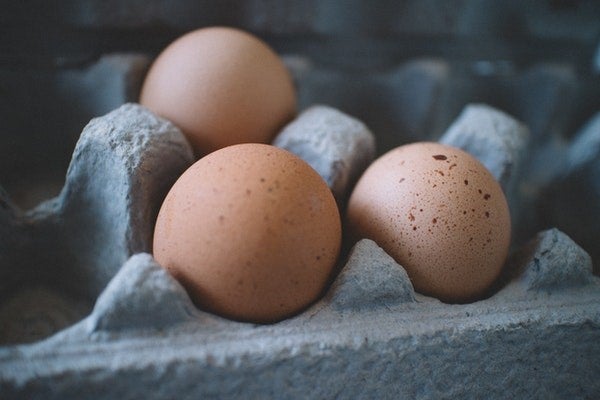Health
Irish Life Health dac
How to reduce sugar intake in your diet
December 16th, 2021
• 3 min read
Irish folk: whilst we’re good at a lot of things (music, sport, our friendly nature and unrivalled sense of humour), one thing we’re not so great at is the old healthy eating – especially when it comes to sugar.
In fact, according to research from Euromonitor, Ireland is the fourth highest consumer of sugar in the world! Here are some ways to get those sugar levels down.
Check food labels before buying
Understand food labels & buy those labelled “no added sugar” or “unsweetened”. Sugar can be disguised on labels as corn sweetener, corn syrup, fruit juice concentrates, molasses, and sugar molecules ending in “ose” (dextrose, fructose, glucose, lactose, maltose, sucrose).
Slow and steady wins the race
Cut back on the amount of sugar added to things you eat or drink regularly like cereal, coffee or tea – don’t go cold turkey; ween yourself off. This will be less of a shock to the system.
Fabulous fruits
Instead of adding sugar to cereal or porridge, add fresh fruit as your sweetener. They’ll add an extra layer of flavour and give you extra vitamins to boot!

Spice things up
Swap sugar in recipes with extracts like almond, vanilla, orange, or lemon. Or, add in spices like cinnamon, nutmeg, or cloves. These new flavours will add depth to what could have been a very plain dish.
Fats are not foes
Eat healthy fats – Fats help keep you fuller for longer, decreasing your desire for sugar. Try avocados, nuts, seeds, and heart-healthy oils like olive oil, walnut oil, and coconut oil.
Stay hydrated minus the sugar
Avoid sugary drinks like minerals, flavoured waters, iced teas, energy drinks, and concentrated juice. Instead make a homemade smoothie with fresh fruits and vegetables, keeping you fuller for longer in the process.

Don’t sleep on breakfast foods
Overhaul your breakfast – swap cereal for a filling omelette or avocado toast. If you are on the go, overnight oats are a great option topped with honey and coconut flakes.
Make it yourself
Prepare homemade sauces – tomato pasta sauce can have up to 11 teaspoons sugar in it. Make your own and control how much sugar you eat. There are many easy recipes for other condiments such as mayonnaise or relishes that you can find online.
Sleep more, less sugar
Get plenty of sleep. When we are sleep-deprived our bodies often look to sugar for fuel. Sugar is a short-term energy store which won’t ever replace a good night’s sleep.
Protein is the new sugar
Eat protein with every meal as it helps to control blood sugar. This doesn’t just have to be meat – it can be full fat cheese, yoghurt, eggs, nuts, seeds, poultry, fish, meat, hemp, legumes, chia seeds, and more.

Wholegrain all the way
Swap white pastas and bread for wholegrain. Wholegrain options also contain fibre which will keep you fuller for longer.
Swap the dressing not the salad
Salad dressing have an unnecessarily high amount of sugar that don’t always improve the taste of your salad. Try extra virgin oil or balsamic vinegar for a kick.
Dear Dairy
Watch out for yoghurts that contain huge amounts of sugar. Swap these sugary snacks for a natural yoghurt alternative and add pieces of fruit on top. Whipped cream is also high in sugar so always look for unsweetened cream.
Treating yourself to a sweet treat occasionally doesn’t hurt. Just remember to eat everything in moderation.
Let's Talk
If you have a question about Health Insurance cover
Customer Service Opening Hours
Mon - Fri: 9am to 7pm